The Pico 4 has its sights set on Meta's popular Quest 2.
Pros
- Slim, compact design
- Next-gen pancake optics and boosted resolution
- Solid VR gaming experience
- More affordable than the Quest 2
Cons
- No hand tracking
- Limited game library
Our Verdict
It’s safe to say that the Pico 4 is the entry-level VR headset nobody saw coming. Developed as a true competitor to Meta’s popular Quest 2, the Pico 4 boasts significant advancements in hardware including next-gen pancake optics, a higher resolution and a premium design, and thanks to a heavy subsidy from owner Bytedance, it’s actually cheaper than the Quest 2 at just £380/€429 (around $380).
The big question is, is better hardware and a tempting price enough for the Pico 4 to compete with the hugely popular Meta Quest 2? Well…
Design & Build
- More compact than Quest 2
- Great weight distribution
- Premium motorised IPD adjustment
The Pico 4 represents the next step forward in standalone VR headset hardware, offering a much more compact design than the Quest 2 thanks to the use of next-gen pancake lenses. A bulky headset, this is not, with a HMD (head-mounted display) width of just 35.8mm that helps the Pico 4 look slimmer and more futuristic than the comparatively bulky Quest 2.
Importantly, while measuring in at slightly heavier than the Quest 2 at 586g, Pico has shifted the battery from the HMD to the back of the headset strap to help balance the weight across your head. Combined with soft foam padding around your face and grippy faux leather back padding, the result is a much more comfortable experience, especially over longer periods of play.
Another benefit compared to the Quest 2 is the IPD (inter-pupillary distance, aka the distance between your eyes) adjustment. While the Quest 2 offers three preset IPD positions that you have to physically move between yourself, the Pico 4 offers a much more premium motorised IPD adjustment tool that allows you to adjust the IPD from between 58-72mm from within the headset. It’s much better than Meta’s option and, crucially, allows you to see the changes in real-time to dial in your perfect distance.
The latter is particularly important as, unlike with the front-mounted tracking rings of the Quest 2, you can bring your hands closer together without clashing controllers. That’s ideal for more finicky motions like reloading a weapon or using a bow and arrow, though it can also mean your fingers can take the full impact if you accidentally hit a wall or something while playing. Ouch.
Display & Audio
- Premium pancake optics provide much-improved clarity
- High-resolution display
- Stereo speakers with support for Bluetooth headphones
The new pancake lens system employed by the Pico 4 doesn’t just allow the HMD to be more compact – it also provides much-improved visual quality, with impressive clarity even towards the edges of the lenses compared to the Fresnel-based Quest 2.
In fact, it’s the same system used by the $1500/£1500 Quest Pro, signalling just how impressive the tech is, and it’s one of the key selling points of the entry-level Pico 4.
The headset is set at 72Hz out of the box, but this can be ramped up to a much smoother 90Hz in the headset’s settings menu – though at a cost to battery life. That’s on par with the Quest 2, with the caveat that Meta’s headset also offers an experimental 120Hz mode for an even smoother experience in fast-paced titles. Whether the jump from 90- to 120Hz is noticeable is very much up for debate, and it certainly wasn’t a dealbreaker in my experience.
The side-mounted speakers are very similar in design and performance to those on the Quest 2, providing a great spatial audio experience without the need for dedicated headphones. The audio quality is perfectly fine for the majority of titles, though unlike Meta’s alternative, there’s no 3.5mm headphone jack for wired headphones.
Features & Performance
- Powered by the popular Snapdragon XR2
- No stutter or lag during gameplay
- No hand tracking available
Like other VR headset launching in 2022, the Pico 4 provides an all-in-one system that doesn’t need a PC or smartphone to power the experience.
You’ll find the same Qualcomm Snapdragon XR2 platform as the Quest 2 within the Pico 4, though with an additional 2GB of RAM at 8GB and 128GB of storage as standard. There’s also a 256GB combo available at a slightly higher cost.
There’s a single front-facing 16Mp passthrough camera embedded within the glossy front panel, allowing you to quickly see the environment around you – in full colour – without having to take the headset off. Though it’s much clearer than the low-res, monochrome passthrough of the Quest 2, it doesn’t provide the stereo camera support to properly convey depth, which can make it difficult to do things like reach for your phone with the headset on.
One area where Meta’s standalone headset has the advantage is in the hand-tracking department, with the Pico 4 offering no kind of built-in hand-tracking support. Considering just how immersive it is on the Quest 2, particularly in hand-tracked titles like Hand Physics Lab and Unplugged, its omission is a little disappointing.
Battery life comes in at a respectable at around 2.5 – 3 hours per charge, though this will vary depending on just how graphically intensive the game in question is, the brightness of the display and more. You might’ve been expecting longer considering there’s a larger 5,300mAh battery on offer, but it’s worth remembering that the Pico 4 is powering more pixels than the Quest 2.
Still, I never found myself running out of charge mid-way through my VR sessions, and the improved 20W fast charging means it’ll charge quicker than the Quest 2. In my experience, it’d go from flat to full via USB-C in around an hour and 45 minutes, compared to the Quest 2’s two-and-a-half hours.
The controllers aren’t rechargeable, instead opting for AA batteries for power. Though not as convenient as a rechargeable option, the batteries should provide around 80 hours of use before needing to be swapped out. Besides, you could always invest in rechargeable AA batteries if you want to cut down on battery waste.
Software & VR content
- Pico OS 5.0 UI is very similar to Quest 2
- Handful of popular VR titles available
- VR library isn’t as vast as Quest 2
If you’re familiar with the Quest 2 software, you’ll be able to navigate the Android-based Pico OS 5.0 with ease as there are, ahem, a lot of similarities in design and the functions available. There’s a main navigation bar to browse the Pico Store, scroll through your library of apps and games and even a social tab to connect and play with other Pico headset users.
It’s not quite as advanced as the Quest software, especially with newer Meta features that let you invite others to your virtual home space for chats between games, but it’s likely that these will come down the road. During the time I’ve had the headset it has already had two updates with new features, so it looks like development is very much still in progress.
The biggest problem with the Pico 4 isn’t the hardware or the OS – it’s the library of content available at the time of writing. This is undoubtedly where Meta’s headset has a huge advantage with impressive VR titles like Among Us, Beat Saber, Resident Evil 4 and Medal of Honor, none of which are available on the Pico 4.
There are a few big-name games available in the Pico Store including Beyond the Fall, Space Pirate Trainer and Super Hot, with around 150 in total at the time of writing, but Pico does have a long battle ahead to get good high-quality VR titles on its platform – especially considering Meta funded many of the biggest titles on Quest and is unlikely to share them with the competition.
Price & Availability
The price is what really makes the Pico 4 standout as a viable entry-level VR headset in the UK and Europe, coming in £20/€21 cheaper than Meta’s Quest 2 at just £379.99/€429, with the 256GB variant available for £449.99/€499. That’s an impressive price for the advanced hardware on offer, and it do/es provide a solid VR experience, it’s just the lack of big-name VR games that might tempt you to pay a little more for the Quest 2.
That said, it’s currently unavailable in the US with no word yet on if or when it could make an appearance in the States.
If you are tempted by the Pico 4, it’s available from retailers like Amazon and Very in the UK and Amazon in Europe.
Verdict
The Pico 4 is undoubtedly the most capable entry-level VR headset on the market in terms of hardware, sporting next-gen pancake optics that allow the headset to be much smaller than the competing Quest 2, as well as a boosted resolution. It’s comfortable to use over long periods, the controllers are intuitive and the operating system has no major issues.
The only real catch is the library of VR content available on the Pico Store. Though it boasts a few popular VR titles like Superhot, Into the Fall and Blade & Sorcery: Nomad, it’s missing big-hitters available on the Quest 2 like Among Us, Beat Saber and Resident Evil 4, and given that these were all Meta-funded, it’s unlikely they’ll appear on the Pico 4 anytime soon.
Specs
- Qualcomm XR2 chipset
- 8GB RAM
- 128/256GB of storage
- Wi-Fi 6
- Bluetooth 5.1
- 4320 x 2160 (2160 x 2160 per eye)
- 72/90Hz
- Pancake lens with 105-degree FOV
- 58-72mm IPD adjustment
- 6DoF positioning system
- Integrated speakers
- Dual microphones
- 5,300mAh battery
- 20W fast charging
- Pico OS 5.0


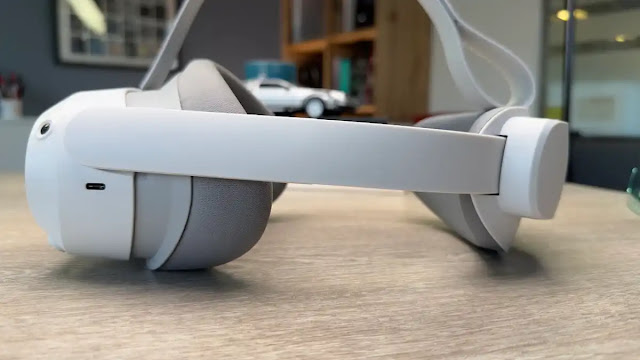
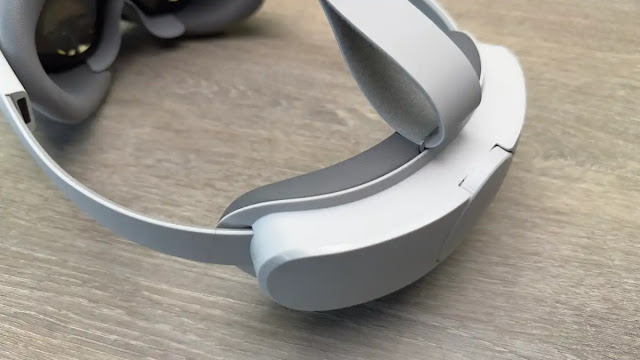


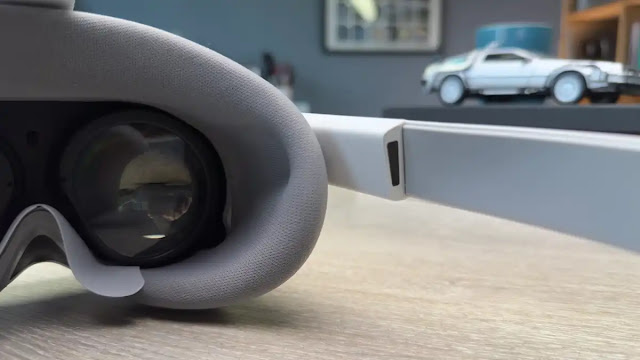
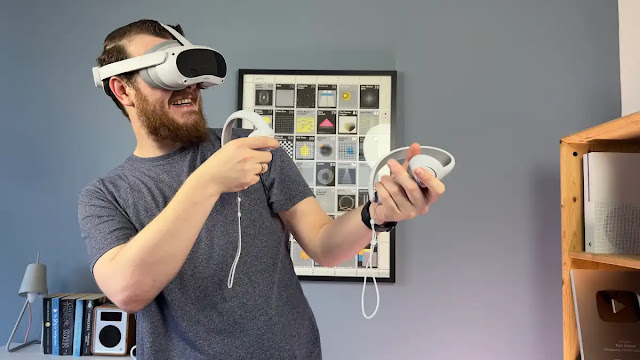

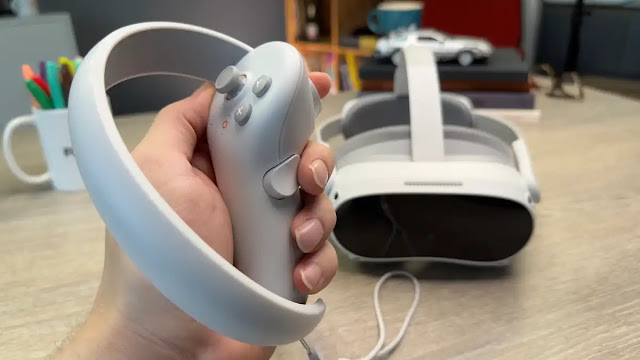




0 comments:
Post a Comment